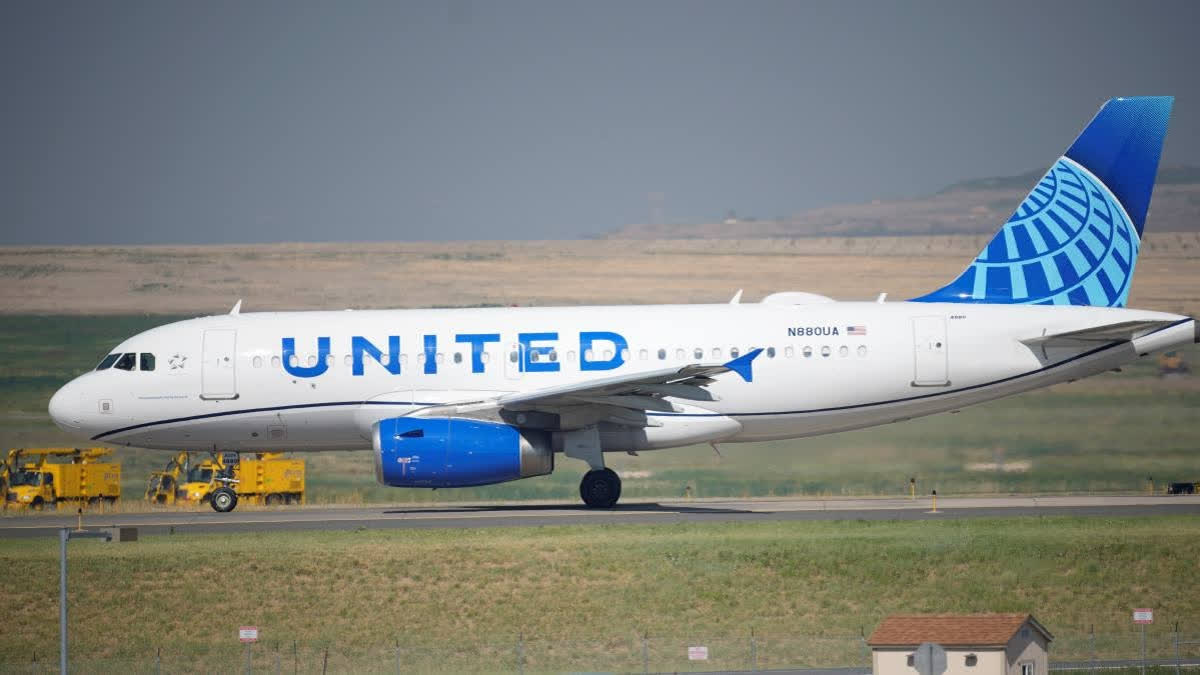By Surabhi Gupta
New Delhi: The Indian aviation industry is bracing for financial difficulties over the next two years, with projected net losses estimated between Rs 2,000 crore and Rs 3,000 crore for both FY25 and FY26, as highlighted in a recent ICRA report. This follows a net profit of Rs 1,600 crore in FY24, indicating a notable transition from profitability to financial challenges.
Why Are Airlines Facing Losses?
A primary factor contributing to these anticipated losses is the pressure on ticket pricing. Airlines are striving to maintain a high passenger load factor (PLF), aiming for full flights. However, the persistent high prices of aviation turbine fuel (ATF) are driving up operational costs. Fuel expenses represent a substantial portion of an airline's overall costs, and any rise in fuel prices has a direct effect on their earnings.
Another significant hurdle is the increasing cost of borrowing. As airlines expand their fleets, they need to lease new aircraft, resulting in higher lease payments and elevated interest expenses, which complicates their ability to remain profitable.
Expert Weighs In
Aviation expert Harsh Vardhan shared his insights with ETV Bharat, highlighting the major financial hurdles faced by airlines. "The Indian aviation industry suffers from high operational costs, making profitability difficult. Fuel costs in India are the highest in the world. Even when global fuel prices drop, Indian airlines do not see a similar reduction in fuel expenses. Another big challenge is the rising value of the dollar against the Indian rupee. Almost 40% of an airline's expenses are dollar-denominated, which includes fuel, aircraft leasing, and maintenance costs. The weakening rupee increases costs significantly, and since the industry operates on thin margins, any increase in costs directly impacts profitability," Vardhan said.
He further explained the struggles with ticket pricing, saying "Airlines are in a tough spot. If they increase ticket prices, fewer people will book flights, reducing overall passenger traffic. However, keeping fares low to attract passengers means airlines struggle to cover their rising costs. This leaves the industry on shaky financial ground."
